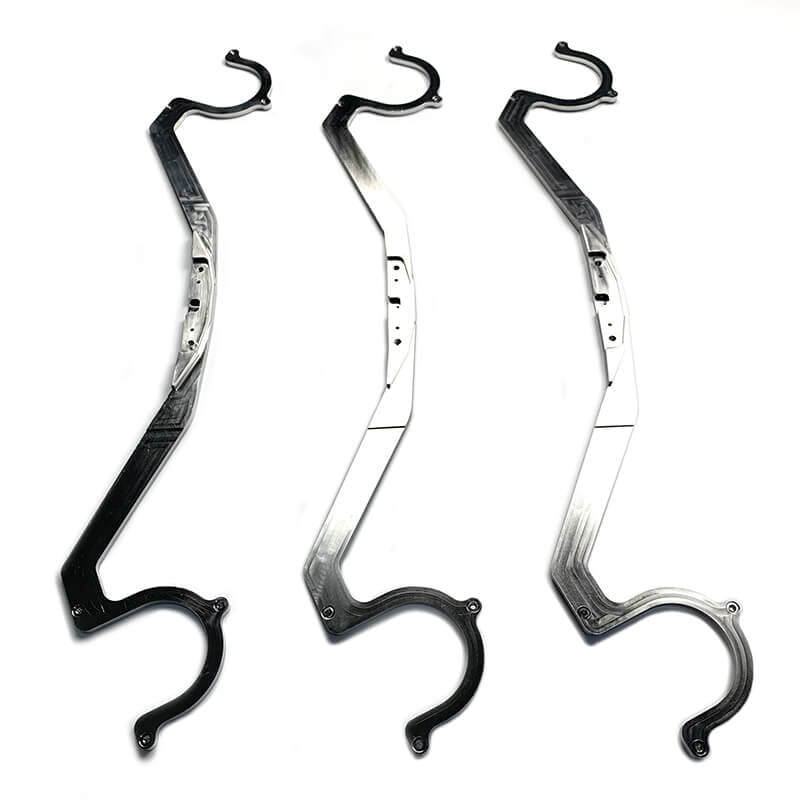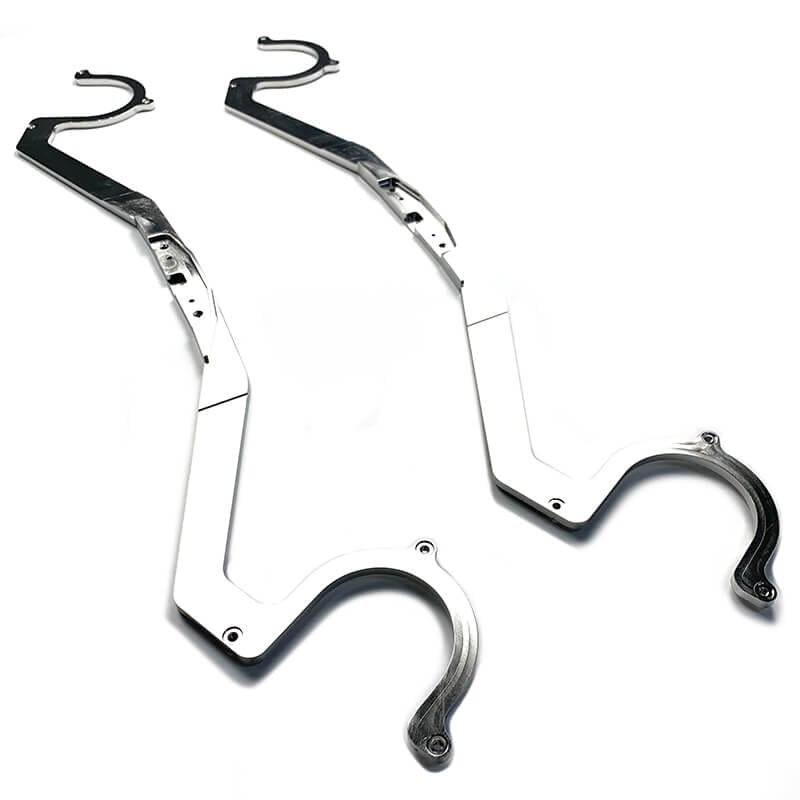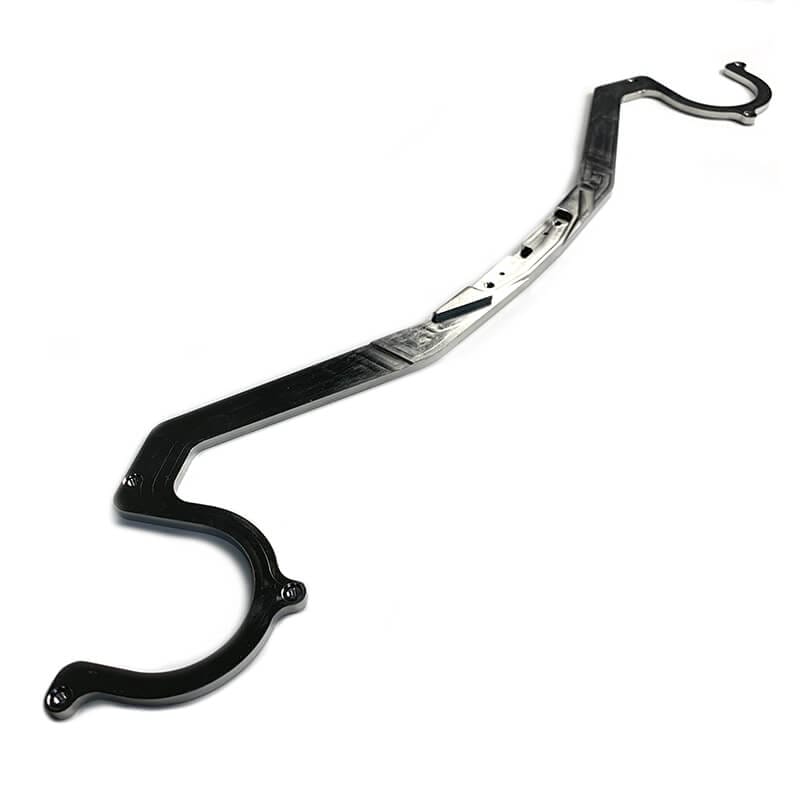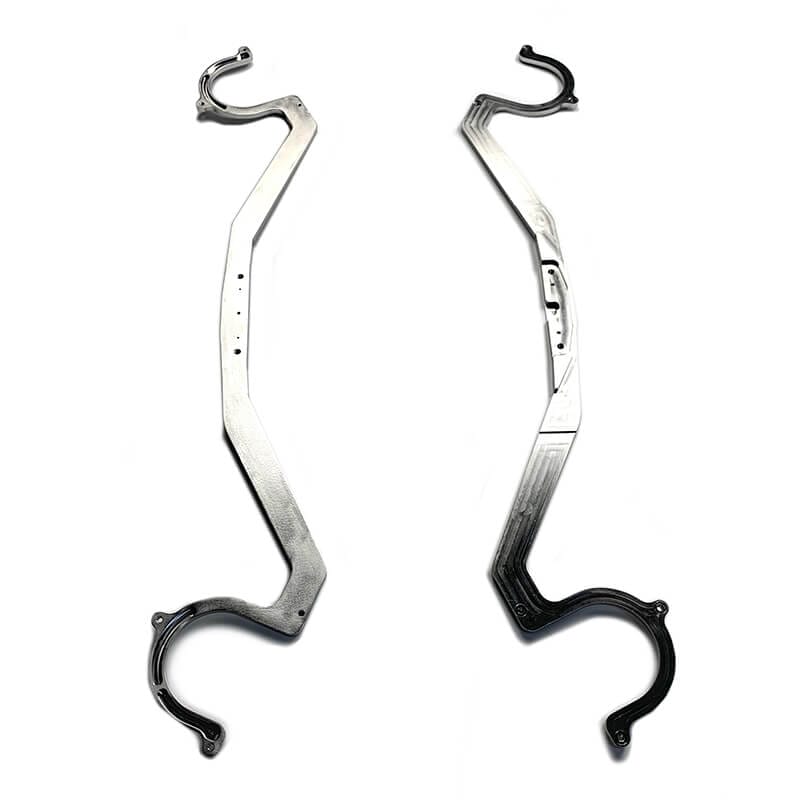Description
[section]
[row]
[col span__sm=”12″]
304 stainless steel application scope
304 stainless steel is a common stainless steel material, its density is 7.93 g/cm and is also known as 18/8 stainless steel in the industry. 304 stainless steel with a high-temperature resistance of 800℃, good processing performance, and high toughness, widely used in industry, furniture decoration industry and the food and medical industry.
304 stainless steel is one of the most widely used chromium–nickel stainless steel, as a widely used steel, has good corrosion resistance, heat resistance, low-temperature strength and mechanical properties; Stamping, bending and other thermal processing, no heat treatment hardening phenomenon (use temperature -196℃ ~ 800℃).
304 stainless steel has corrosion resistance in the atmosphere, if it is an industrial atmosphere or heavily polluted area, it needs to be cleaned in time to avoid corrosion. Suitable for food processing, storage and transportation. It has good machinability and weldability.
Can be applied in plate heat exchangers, bellows, household goods (class 1 and 2 tableware, kitchen cabinets, indoor pipeline, water heaters, boilers, bathtubs), auto parts (windshield wipers, mufflers, mold products), medical appliances, building materials, chemistry, food industry, agriculture, ship parts and so on. 304 stainless steel is the national approval of food-grade stainless steel.
Solutions for The Processing Deformation of Stainless Steel Sheet
[/col]
[/row]
[row]
[col span=”4″ span__sm=”12″]
Reduce stress in blank
Natural or artificial aging and vibration treatment can partially eliminate the internal stress of the blank. Pre–processing is also an effective process. For the larger blank, due to the large margin, so deformation is also large after processing.
If the redundant part of the blank is processed in advance, the margin of each part is reduced, which can not only reduce the processing deformation of the subsequent process but also release a part of the internal stress after being pre-processed and placed for a period of time.
[ux_image id=”1540″ image_size=”original”]
[/col]
[col span=”4″ span__sm=”12″]
Improve the cutting performance of the tool
For the use of hard alloy material to process stainless steel, choose tungsten cobalt which contains TaC or NbC type of fine grain or ultra-fine grain cemented carbide. Such as YG6x, YG813, YW4, YD15, and so on.
Extreme pressure emulsion/L-MAC or sulfurized cutting oil should be used when milling stainless steel. Stainless steel carbide milling cutter, the milling speed should be 40~60m/min, in order to avoid cutting edge in the hardened layer and tool wear, feed should be greater than 0.1mm. With highly hard tools to process stainless steel, in fact, for 304, 202 and other ordinary stainless steel materials, carbide tools can be.
If processing 316 stainless steel, stainless steel and high-hard stainless steel after quenching and heat treatment, in addition to using high-hard tools, processing stainless steel requires sharper blades. It is best to use special stainless steel tools from well-known brands.
[/col]
[col span=”4″ span__sm=”12″]
Improve the clamping method of the workpiece
◆For thin-wall bushing parts, if three jaw chucks or spring chucks for the radial clamping, once loosened after processing, the workpiece is bound to deformation. In this case, the axial face compression method with better rigidity should be used. In order to locate the inner hole of the parts, a self-made threaded mandrel is set into the inner hole of the parts, and a cover plate is used to press the end face and then the nut is tightened back. The clamping deformation can be avoided when machining the outer circle, Thus satisfactory machining accuracy is obtained.
◆When machining thin-wall thin sheet workpieces, it is best to choose a vacuum chuck to obtain evenly distributed clamping force and then to process with small cutting consumption, which can prevent workpiece deformation.
◆Use tamping method. In order to increase the processing rigidity of the thin-walled workpieces, the medium can be filled inside the workpiece to reduce the deformation of the workpiece during clamping and cutting. For example, the workpiece filled with 3% to 6% potassium nitrate urea melts, after processing, the workpiece is immersed in water or alcohol, and the filling medium can be dissolved out.
[/col]
[/row]
[ux_text text_align=”center”]
[/ux_text]
[/section]
[row]
[col span=”6″ span__sm=”12″]
[ux_image id=”1541″ image_size=”original”]
[/col]
[col span=”6″ span__sm=”12″]
 (+86) 188-2253-7569
(+86) 188-2253-7569


